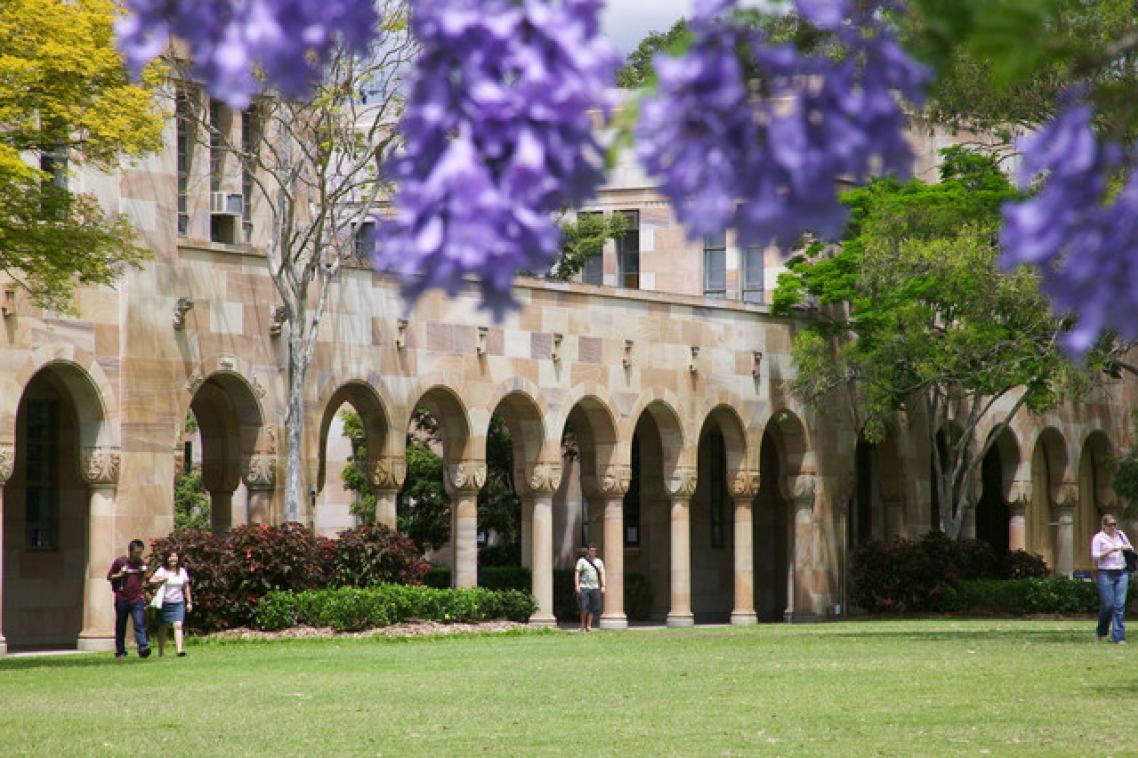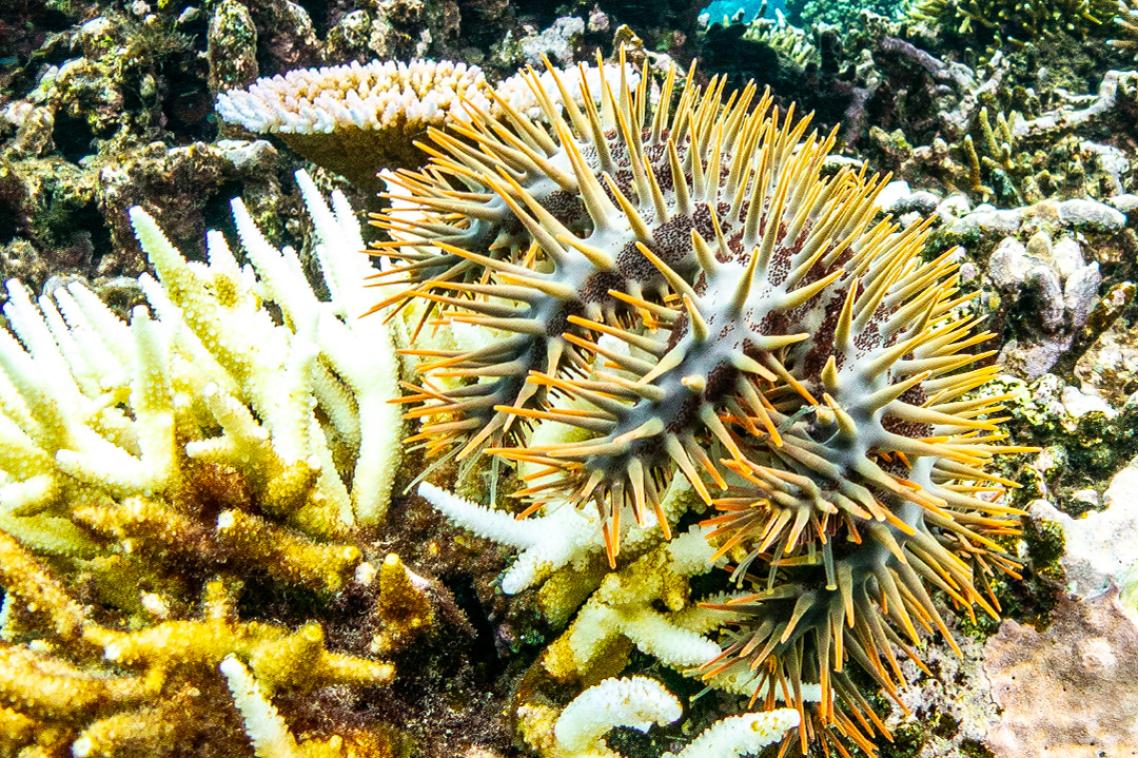UQ speeds up research in hypersonics
The University of Queensland’s world-leading research into hypersonics will be given a boost with the announcement of $2.2 million in funding from the State Government.
Announced by Premier Peter Beattie at BIO2004 in San Francisco, the funding is part of the Smart State Research Facilities Fund and will go towards the establishment of the Queensland Hypersonic Testing Facility.
The Facility will be part of UQ’s Centre for Hypersonics, which is at the forefront of research into scramjet technology to revolutionise high-speed travel and space exploration.
Professor Richard Morgan, Director of the Centre, said the funding was a fantastic investment in cutting-edge science.
“This will give us a great increase in the level of our facilities for better and more productive research,” Professor Morgan said.
“And it is with this research that we are creating a niche market for ourselves in international circles.”
The Facility will combine the world’s most advanced hypersonic and super-orbital ground testing facilities with advanced computational modelling abilities and hypersonic free-flight testing facilities.
Professor Morgan said the funds will also enable the assembly of what will be the fastest computer cluster in the southern hemisphere.
The Sun Microsystems Grid Engine cluster will be operated jointly by UQ’s Centre for Computational Molecular Science and the Centre for Hypersonics and will greatly assist the process of developing and commercialising future space technology concepts such as scramjet propulsion and aerocapture.
Other parts of the project include upgrading and extending the University’s high-speed wind tunnels or “shock and expansion tunnels”; scramjet flight test infrastructure; and the establishment of an Australian rocket and heat shield fabricating business in collaboration with the Australian Space Research Institute.
Funding will also go to the construction of a high-speed wind tunnel at the University of Southern Queensland in Toowoomba.
The Facility will also benefit from substantial contributions from UQ and partners NQEA Ltd, WBM Pty Ltd and SUN Microsystems Australia.
UQ Deputy Vice-Chancellor (Research) Professor David Siddle said the announcement was another important step in positioning UQ at the forefront of this research.
“UQ possesses expertise in a number of areas critical to hypersonic and interplanetary travel,” Professor Siddle said.
“With this facility we can coordinate this research and strengthen our experimental capabilities so we can capture a niche market in an expanding and potentially lucrative field.”
Media: For more information contact Professor Richard Morgan from the Centre for Hypersonics (telephone 07 3365 3592) or Andrew Dunne at UQ Communications (telephone 07 3365 2802). File beta video footage of the successful scramjet launch of 2002 is also available for broadcast on request.
Related articles

UQ professor joins WHO advisory group on alcohol and drug use

Crown-of-thorns control boosts coral growth in a warming world
Media contact
UQ Communications
communications@uq.edu.au
+61 429 056 139
